Too Low, Too High, or Just Right for the Right Price?
 Have you ever found yourself staring at your odometer and asking “At what mileage should I sell my car?” Me too, that’s why I asked some of our used car experts here at Carmigo.
Have you ever found yourself staring at your odometer and asking “At what mileage should I sell my car?” Me too, that’s why I asked some of our used car experts here at Carmigo.
Finding the perfect mileage to sell your car can be a little tricky. And while there may be a number of very good answers to the question, “What’s the perfect mileage to sell my car?” there is no one universal answer.
TLDR: For those of you in a hurry, “just right” is probably somewhere between 60,000 and 80,000 miles.
Bear with me here, but it’s kind of like Goldilocks and the Three Bears. To get the most value out of your used car, you have to consider what’s “just right” for you.
So make sure you find the value that works best for you. Every car is different, and your finances are unique, so make sure you find the best value that works for you.
If you have a new loan on your car, you may not be able to pay it off with the proceeds from the sale.
Here’s what our ops manager Chris is always saying about loans and mileage, “Fees and loan charges add up, so chances are if your loan is new you might find yourself upside down, even if you’re selling a car with low mileage.”
What Do Miles Have to Do With It?
We all know that mileage is the name of the game when it comes to buying and selling used cars. But why?
The longer you drive your car, the higher the chances are that it will need costly repairs.
A car with low mileage will need new brake pads, tires, and filters (hundreds of dollars). But a car with 150,000 miles may need a new transmission or steering column (thousands of dollars). And those major repairs can end up costing more than a car is worth.
Mileage also helps paint a picture of how the car was used.
For instance, The US Department of Transportation estimates that American drivers put just under 15,000 miles on their cars each year. So mileage not only tells a buyer how far a car has driven, but how much it’s been used compared to other cars of the same age.
A three-year-old car with 80,000 miles on it may need a little more scrutiny.
This Mileage Is Too Low
Before you go thinking, “I’ll sell it now and get as much as possible,” wait a minute.
Your new car loses the most value when you drive it off the lot (often more than 10%) and then again when the warranty expires. Those things typically happen below 30,000 miles.
If you buy a car, and then immediately sell it, you’ll likely lose money without getting any use out of the car.
So don’t sell it unless you really want to or really have to.
This Mileage Is Too High
When your car has more than 100,000 miles on it, buyers are going to be a lot more critical. Something that was a small concern at 30,000 miles seems a lot more like impending repairs at 100,000 miles.
And as we discussed earlier, repairs at 100,000 miles tend to cost a lot more than repairs on a newer car.
At What Mileage Should I Sell My Car?
This is where wiggle room and personal preference come into play.
After 30,000 miles, your car is likely in great shape. But it will also steadily decline each year for the life of the vehicle.
Do you want a car that is new and cool every few years?
Or do you want to get the most out of your car while still being able to sell it?
You can probably get a higher offer for a car with 30,000 miles than for a car with 60,000 miles, but that doesn’t mean you should.
If you’re thinking about buying a new car anyway, you’ll get top dollar under 60,000 miles.
If you want to drive it until the last minute, but still get a decent offer when it’s time to sell, start shopping it around 80,000 miles.
See How Much You Can Make
If you’re still not sure what “just right” is for you, that’s ok. Not everyone can be as decisive as Goldilocks.
Check out the Carmigo marketplace to find out what kind of offers our network of buyers will give you for your car.
If the offers are right, sell it. It’s risk free since there is no commitment to sell unless someone meets or beats the bottom-dollar price (which you set).

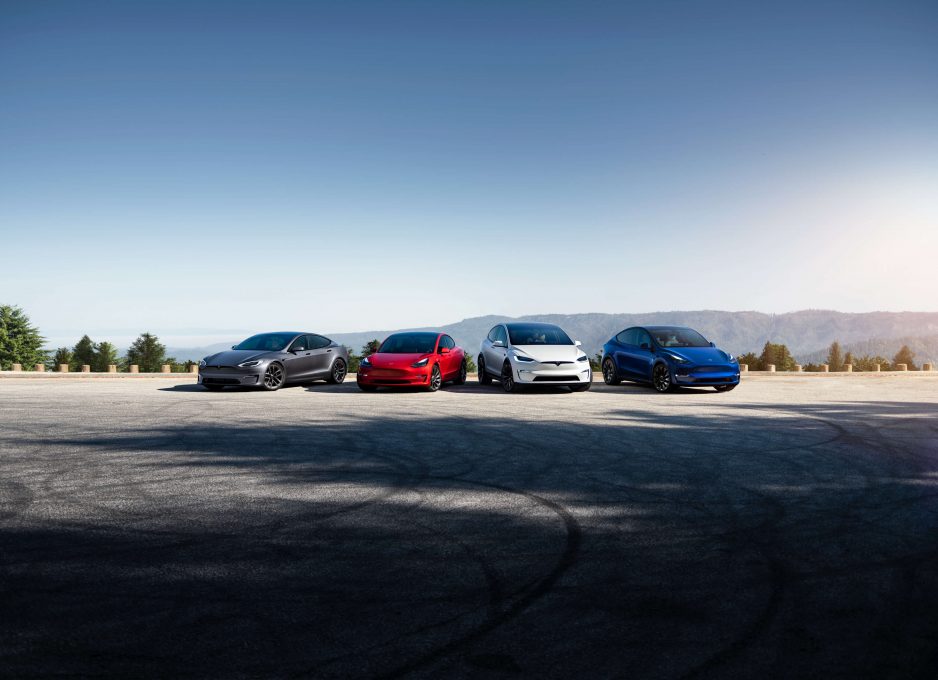

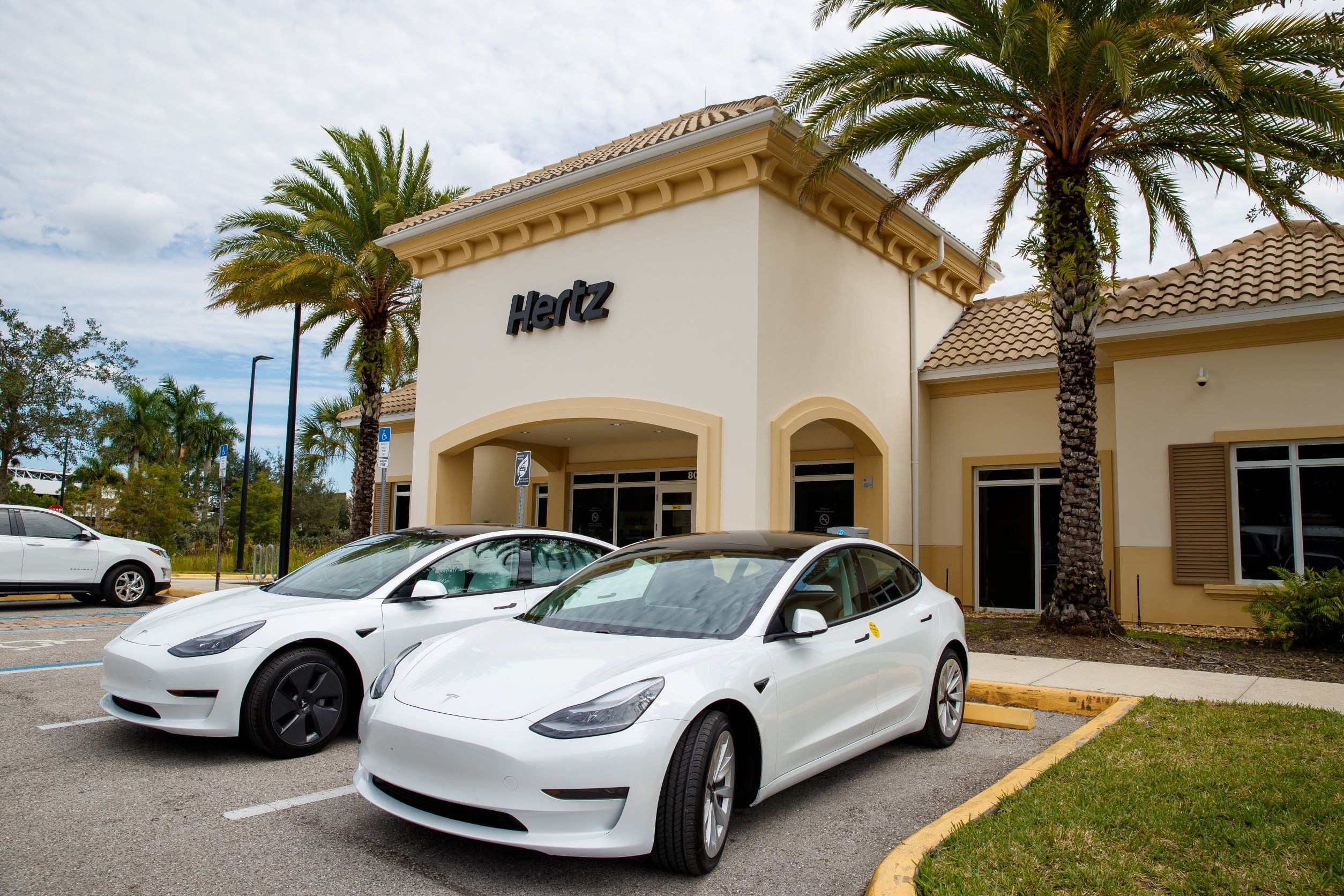
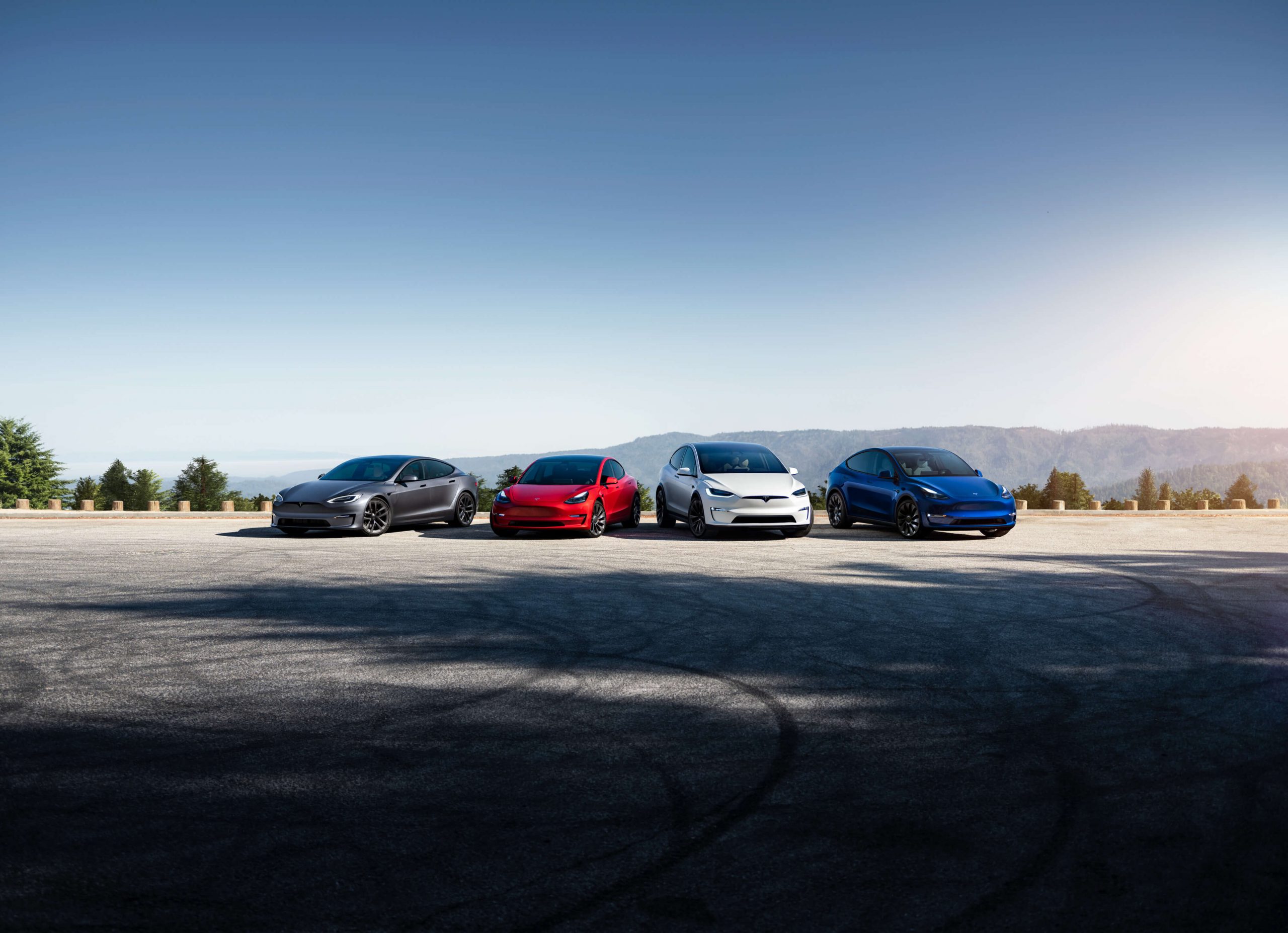
 The
The 


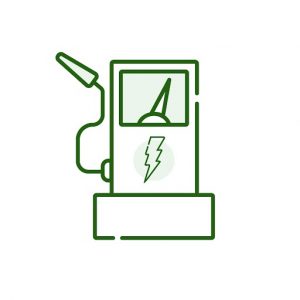 Where are all the charging stations when you’re EV is on E?
Where are all the charging stations when you’re EV is on E? 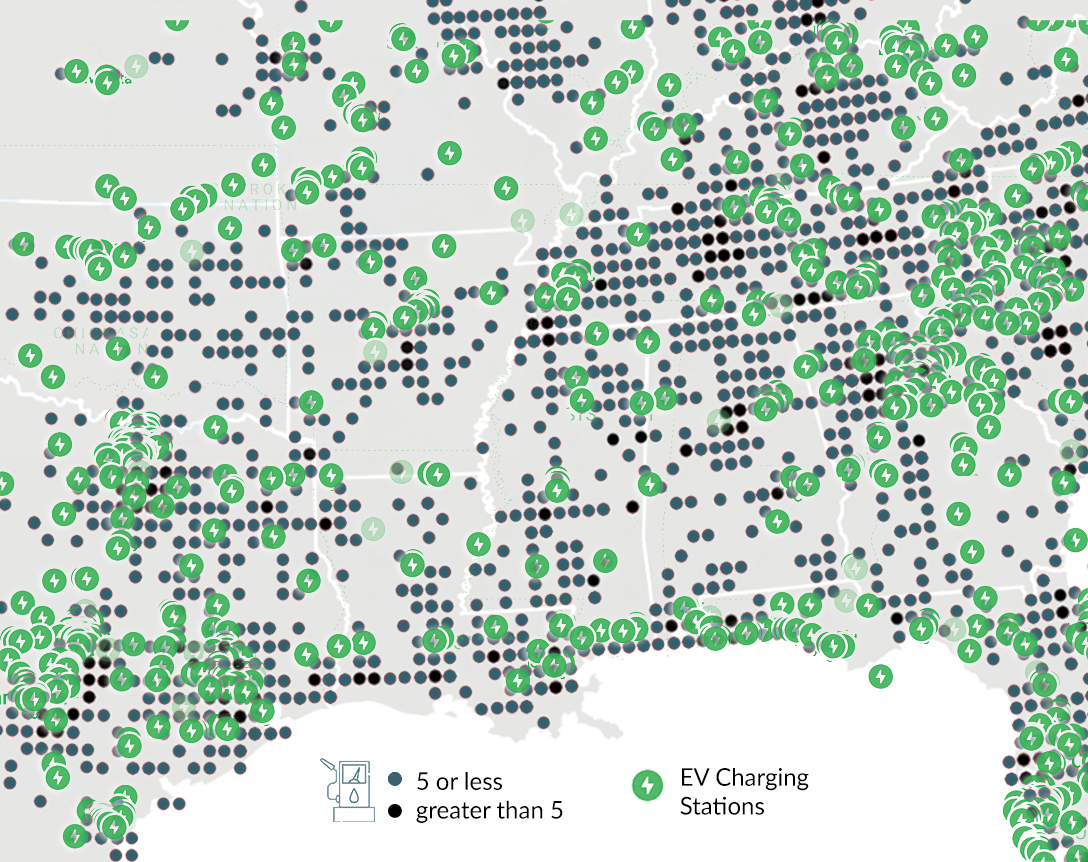



 In the red corner, weighing in at nearly $4.50 per gallon, the reigning champion, he’s rude, he’s
In the red corner, weighing in at nearly $4.50 per gallon, the reigning champion, he’s rude, he’s 

 Kyte is launching this month in the San Francisco and New York City areas, giving people the opportunity to sign up for monthly Tesla subscriptions.
Kyte is launching this month in the San Francisco and New York City areas, giving people the opportunity to sign up for monthly Tesla subscriptions.  Kyte is different from legacy rental and leasing options because they source vehicles from multiple sources including traditional rental companies.
Kyte is different from legacy rental and leasing options because they source vehicles from multiple sources including traditional rental companies. 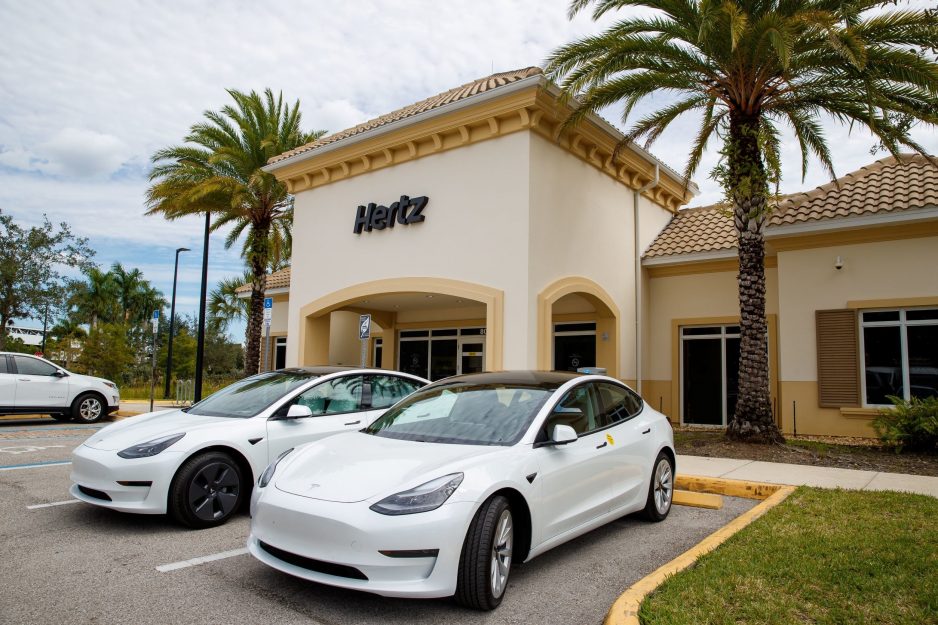



 SkyDrive also intends to unveil an air taxi service during the 2025 World Exposition in Osaka, Japan. The company is already discussing potential routes for the expo, which include eight destinations and twenty flights an hour. This advancement will be a cornerstone of the Japanese government’s plans to solve mobility problems through air travel.
SkyDrive also intends to unveil an air taxi service during the 2025 World Exposition in Osaka, Japan. The company is already discussing potential routes for the expo, which include eight destinations and twenty flights an hour. This advancement will be a cornerstone of the Japanese government’s plans to solve mobility problems through air travel. 


 It feels like new EV models are announced every single day. There are so many we can barely keep up.
It feels like new EV models are announced every single day. There are so many we can barely keep up. 